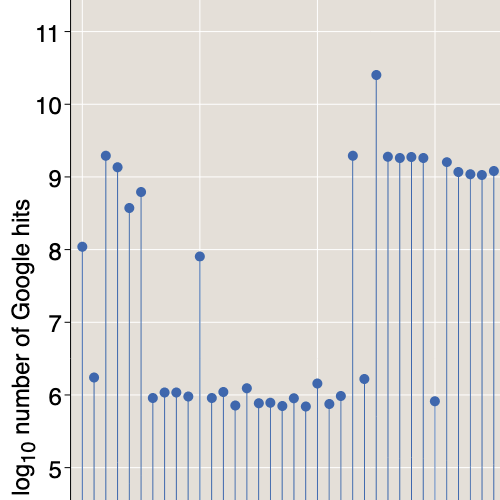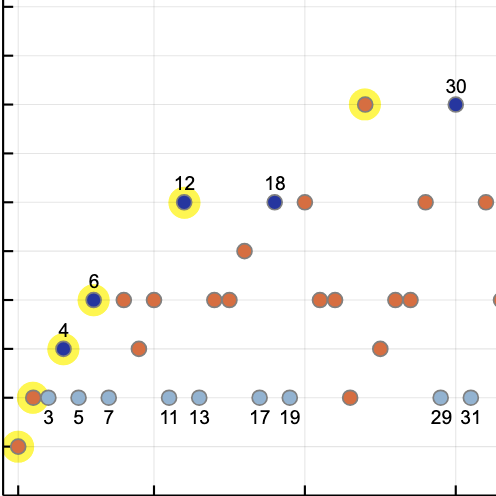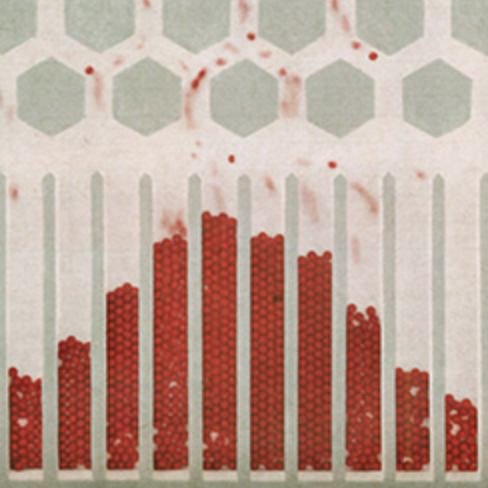Setting the River Straight
by Brian Hayes
Published 29 April 2006
A post here a few weeks ago discussed the late Luna B. Leopold and his work on the shapes of rivers. I mentioned in that item that Leopold collected data on a small stream called Watts Branch, near Washington, DC. The statement was correct, but I identified the wrong Watts Branch. There are two of them in the Washington area. The one that Leopold studied is not the one east of the city but the one to the northwest, flowing through Rockville, Maryland. This weekend, with the help of Andrew J. Miller of the University of Maryland Baltimore County, who worked with Leopold on Watts Branch, I found the right stream. Indeed, I was able to tramp along the section of Watts Branch where Leopold and his colleagues made their observations.

The photo above shows an area just upstream of where Leopold measured the cross section of the channel and measured the flow. The area was once a cow pasture but is now a floodplain greenway entirely surrounded by suburban housing developments. The boulders emplaced on the bank are part of a project meant to stabilize the path of the stream, which has wandered extensively over the floodplain in the past few decades.
A further note: On April 26 Leopold was posthumously awarded the 2006 Benjamin Franklin Medal in Earth and Environmental Science, jointly with his long-time colleague M. Gordon Wolman of the Johns Hopkins University.
Publication history
First publication: 29 April 2006
Converted to Eleventy framework: 22 April 2025



